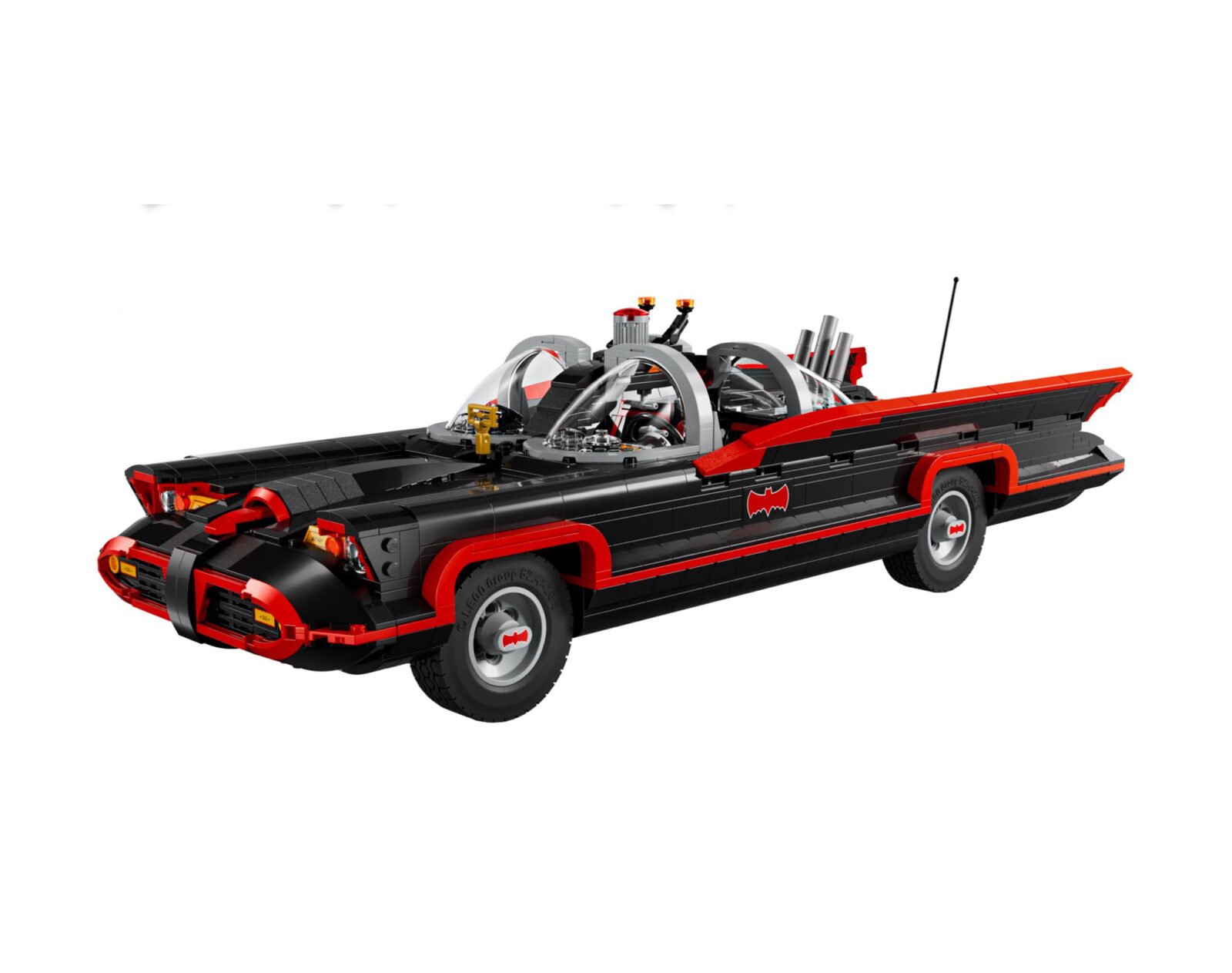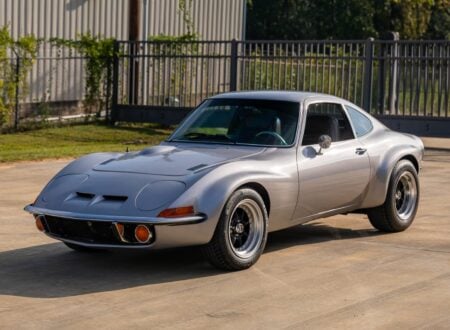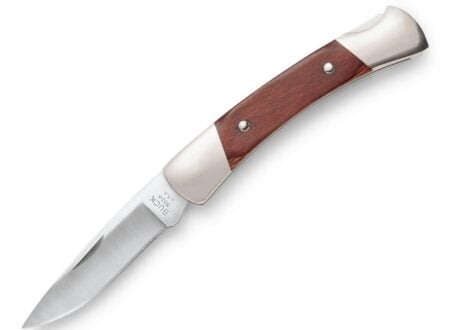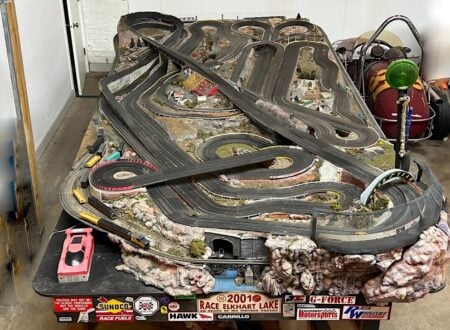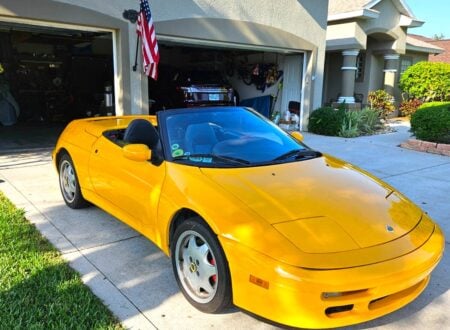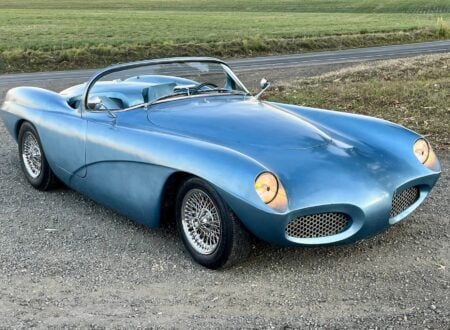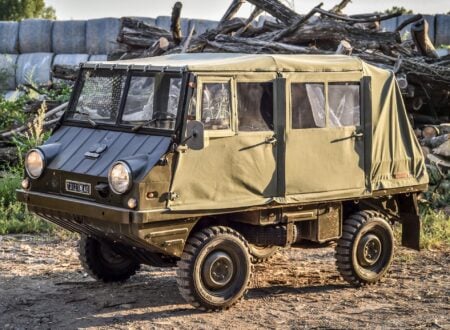This is the lego version of the classic 1966 Batman TV series Batmobile, it made up of 1,822 pieces and it measures in at a hefty half-a-meter long (50cm – 19 inches) when it’s complete.
This version of the Batmobile is often forgotten, with much more focus being placed on the more modern Batmobiles, like those from Batman (1989), Batman & Robin (1997), The Dark Knight Trilogy (starting in 2005), and The Batman (2022).
Above Video: This clip from the 1966 Batman TV series shows Batman and Robin going out for Batburgers in the Batmobile.
The 1966 “Adam West” Batmobile™
The 1966 Batmobile is one of the most iconic vehicles in 20th century television history, and it was closely tied in with the pop art-inspired Batman series that starred Adam West as Batman. Though its flamboyant fins and gadgets may seem almost cartoonish to us today, the car’s origins were rooted in a serious attempt at futuristic design – at its core, the 1966 Batmobile was a repurposed concept car based on the 1955 Lincoln Futura.
The Futura was designed by Ford’s Lincoln division and built by Carrozzeria Ghia in Italy. It debuted as a concept/show car at the 1955 Chicago Auto Show with dramatic “Jet Age” styling – double-canopy plexiglass bubble tops, exaggerated fins, and a wide, almost menacing stance.
Painted pearlescent white, it was never intended for mass production, it was more of a styling exercise that may influence future production cars. It also briefly made an appearance in the 1959 film It Started with a Kiss (starring Debbie Reynolds and Glenn Ford), though by this time it had been painted red.
By the mid-1960s, the Futura had become obsolete and sat unused in the possession of legendary Hollywood car customizer George Barris, who had bought it from Ford for a surprisingly low price – reportedly just $1 USD.
In 1965, when ABC and 20th Century Fox began work on the Batman TV series, the producers needed a Batmobile built on an extremely tight schedule – just three weeks. Barris offered the Futura as a starting point, knowing its long, low proportions and dramatic lines could be adapted into something suitable for the over-the-top, comic book-inspired tone of the show relatively quickly.
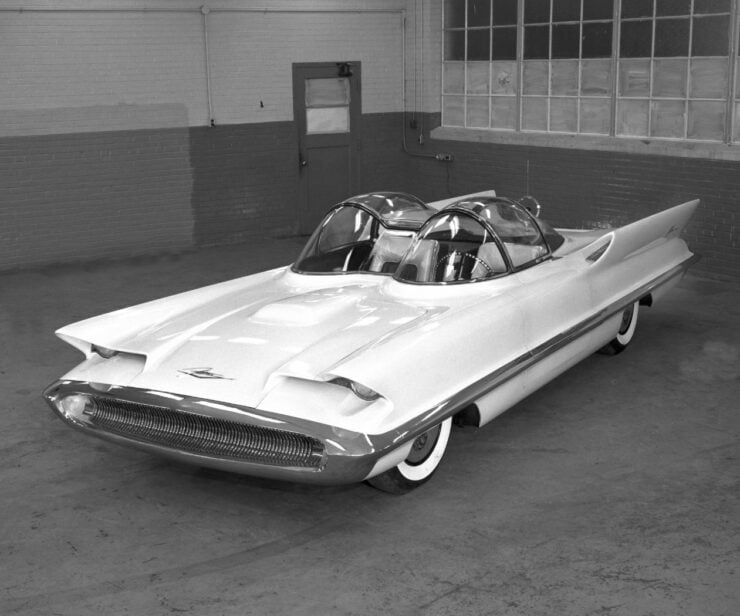

Working with the team at Barris Kustom City in North Hollywood, Barris modified the Futura but retained its recognizable bubble canopy and its basic side silhouette. He added bat-themed elements like a front nose that resembled a bat’s face, stylized scalloped wings at the rear, and a gloss black paint job with red pinstriping.
A slew of functional props were also incorporated: a Batphone, flame thrower-style exhaust, and aircraft-style switches for imaginary crime-fighting gadgets. The interior was reworked with exaggerated instrumentation to make it a high-tech command center – though of course the gadgets weren’t functional in real life.
Mechanically, the Batmobile remained based on the original Lincoln Futura’s chassis and drivetrain. That meant a 1950s-era a 390 cubic inch (6.4 liter) Ford FE V8 mated to a 3-speed automatic transmission. The Futura had used a Ford platform shared with the Lincoln Capri, with a ladder frame, coil spring front suspension, and a live rear axle with leaf springs. While not fast by modern standards, the car’s cinematic flame-shooting afterburner and sirens gave it all the drama it needed for television.
The original screen-used Batmobile served throughout the show’s three seasons (1966 to 1968) and in the 1966 Batman feature film. Barris later built several fiberglass-bodied replicas for promotional use and car shows. The original was kept by Barris until 2013, when it was sold at auction for an eye-watering $4.62 million USD.
The series of Bat-gadgets, the afterburner, and the military aircraft-like design elements of the 1966 Batmobile would hugely influential, all Batmobiles built since this time have had some variation of those elements.
The Lego 1966 Batmobile™ Shown Here
The 1966 Batmobile you see here is the Lego version, but don’t let that lead you to believe its small – it measures in at 19 inches (50 cm) long, 7 inches (18 cm) wide, and inches (14 cm) high, and it’s built from 1,822 pieces – making it one of the largest Lego kits we’ve ever featured on the site.
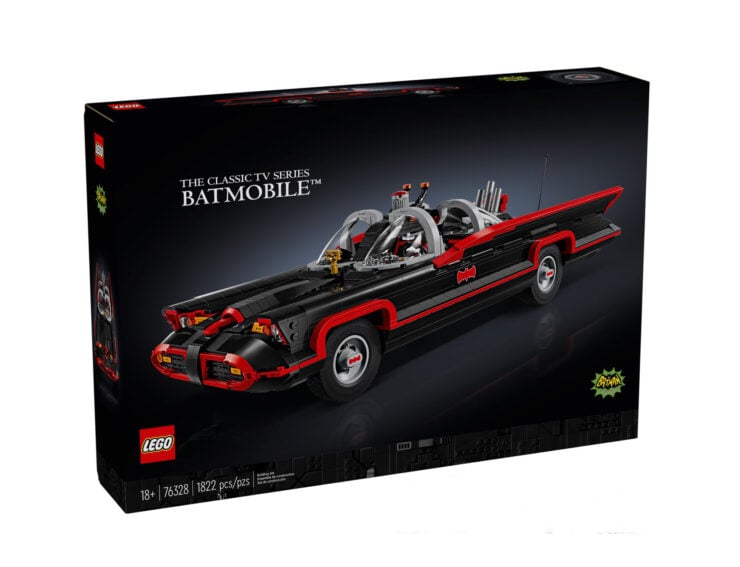

This set is part of the Lego Sets for Adults range, though that said, there are plenty of ambitious kids under the age of 18 who could take it on and compete it without a problem. It comes with both printed and digital guides, vehicle-information plate, and a 1966-style Batman™ minifigure.
It’s now available to buy via the official Lego Amazon store here for $149.99.
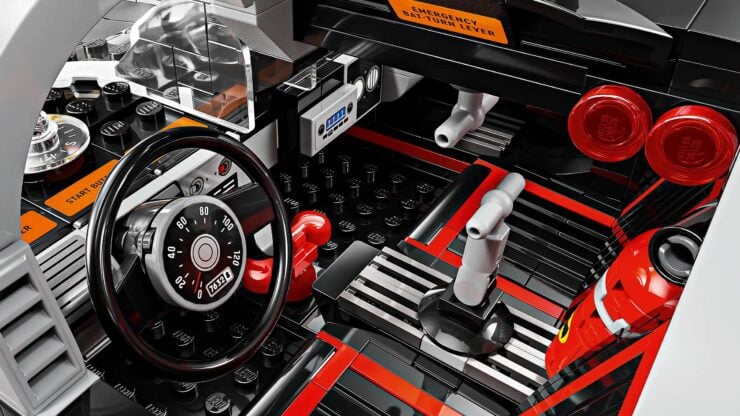
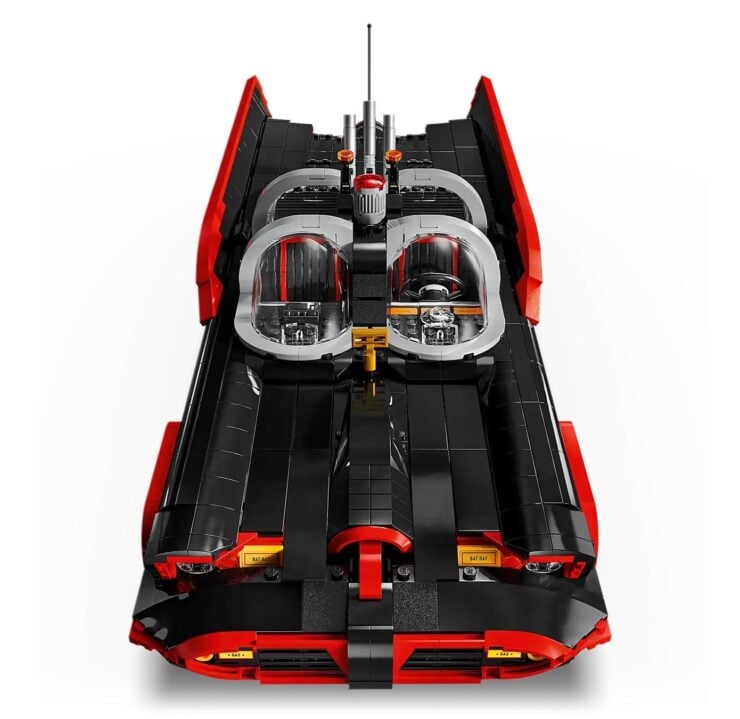
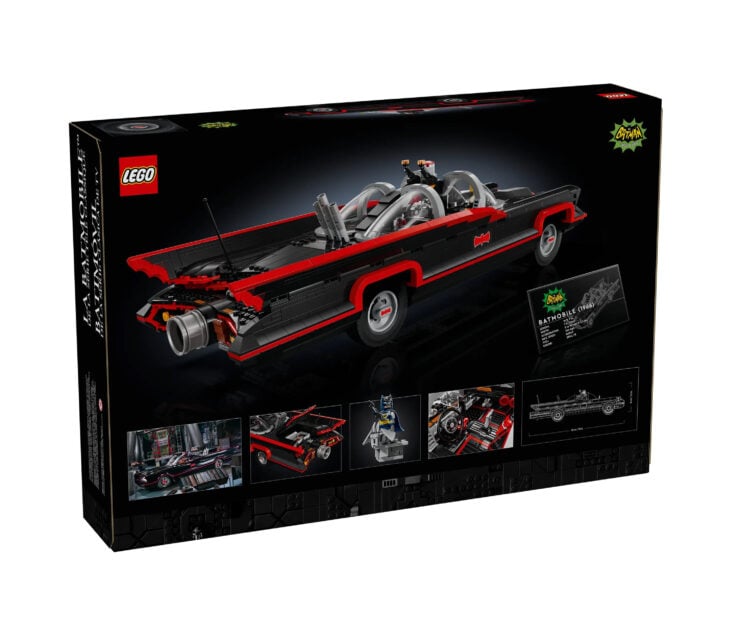
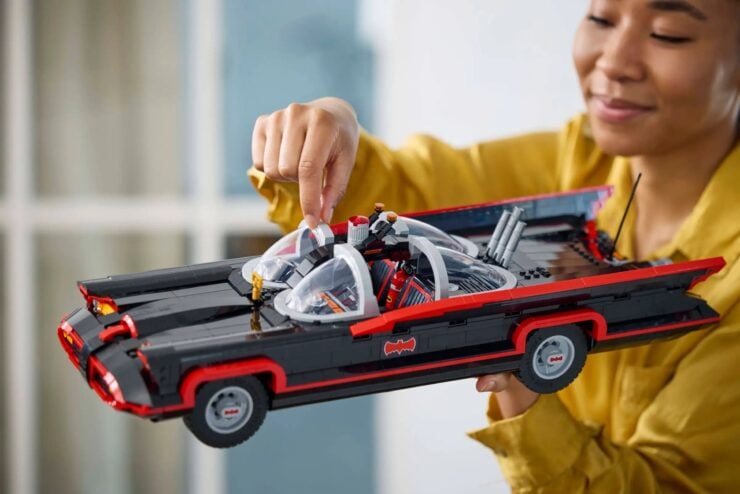
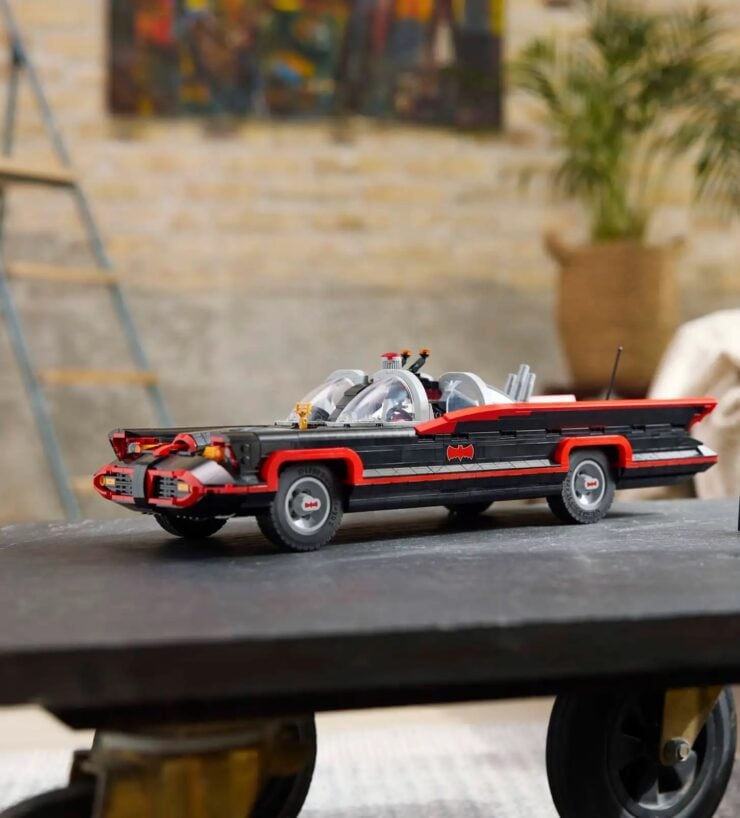
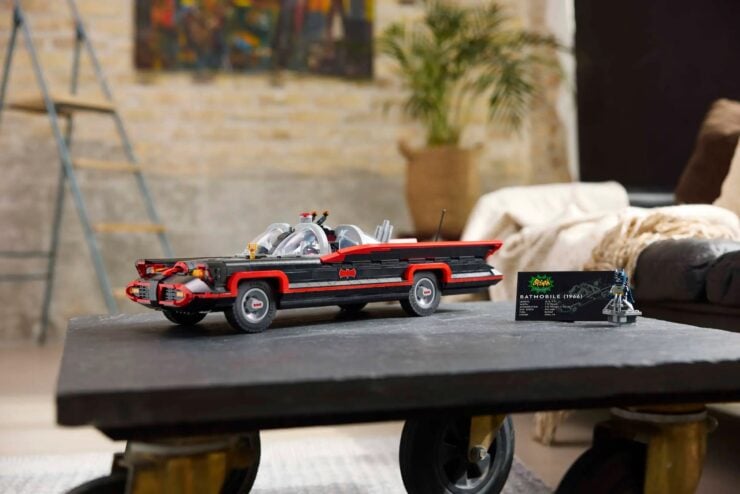
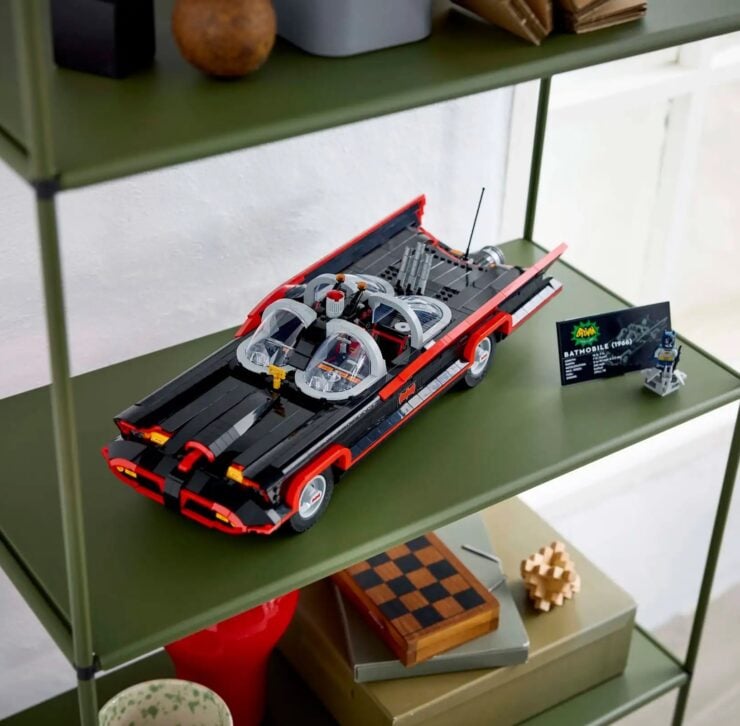
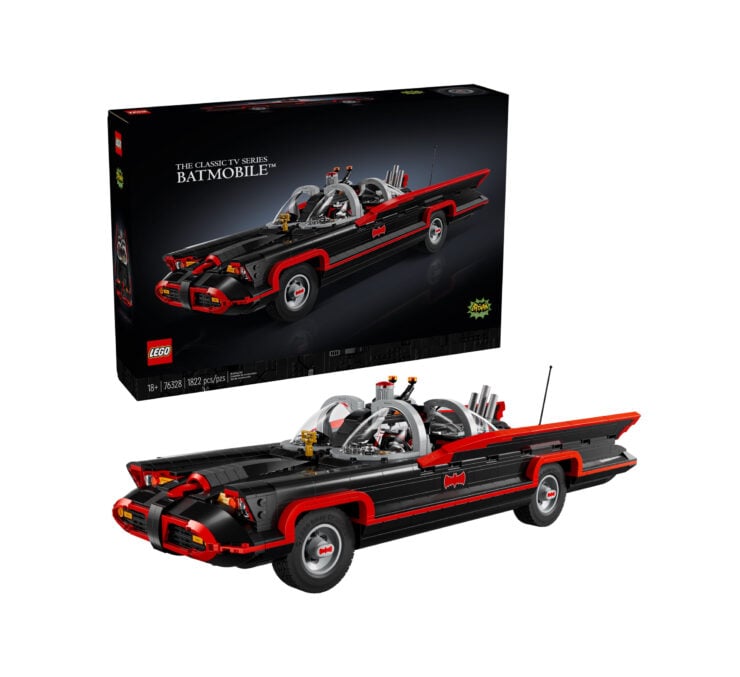
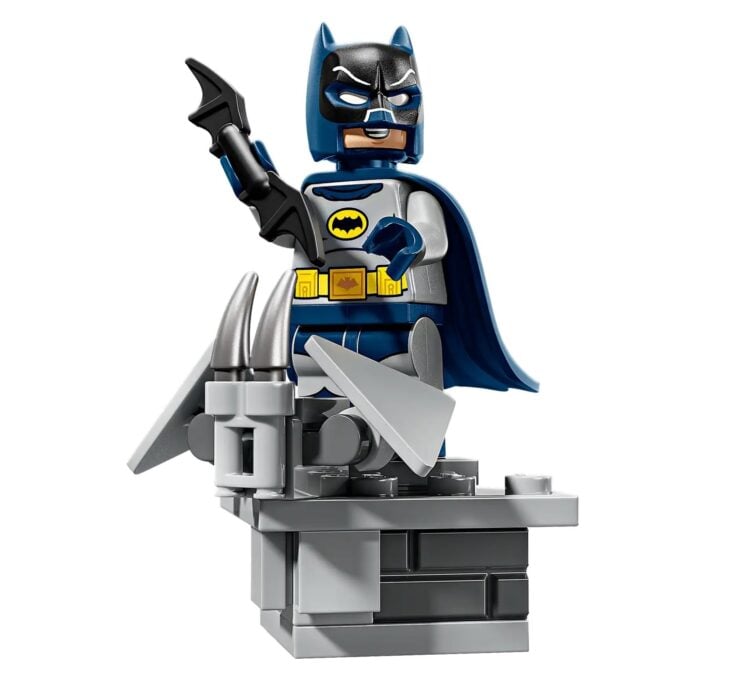
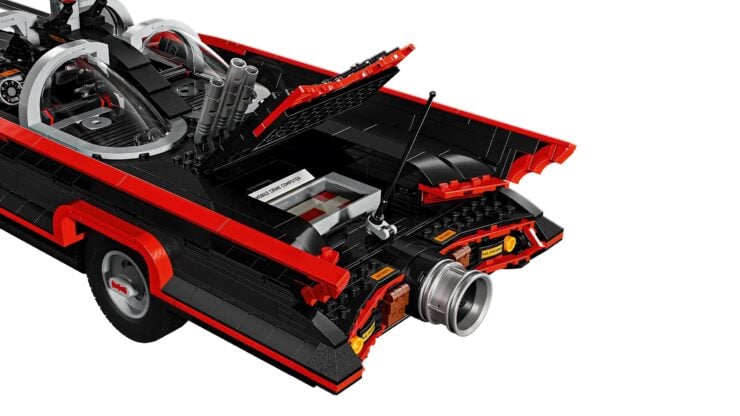
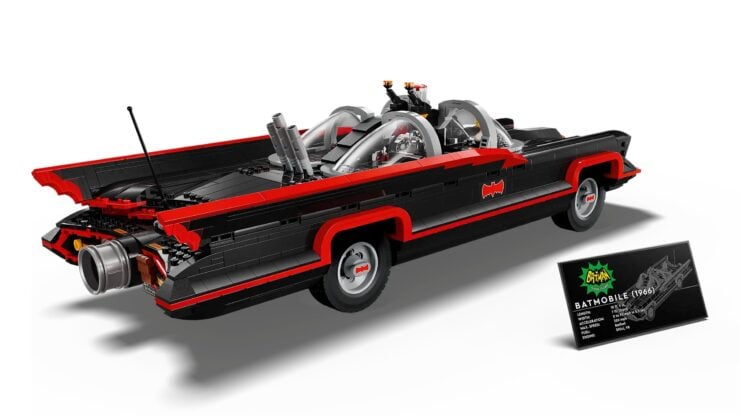
Images courtesy of Lego

